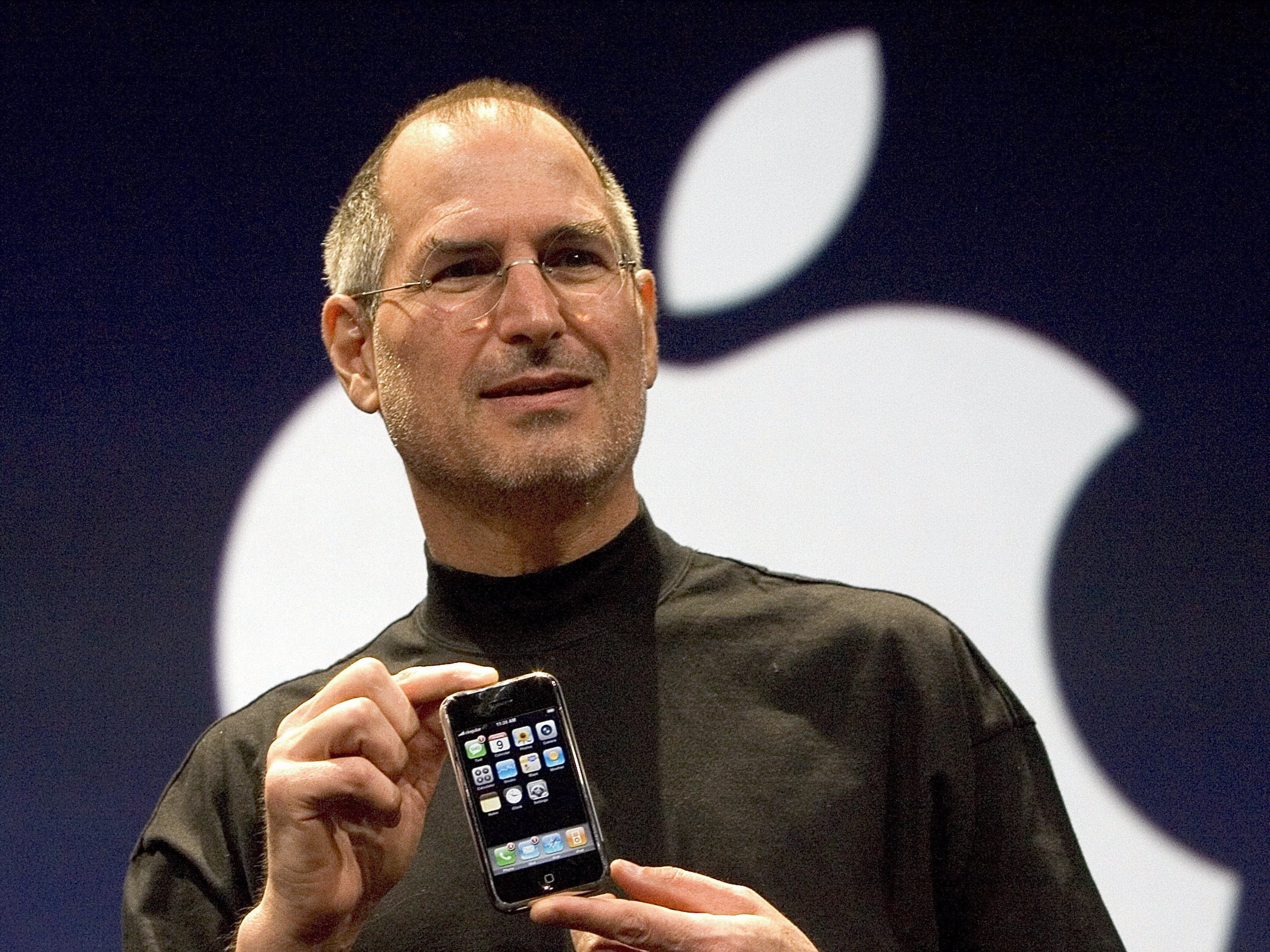"That might work for Google, but we're different."

We’ve all heard it before. “We’re different.” “You can’t compare us to (name the company).” “It’s like comparing apples to oranges.” It's easy to rationalize why comparisons to organizations with high employee-engagement levels don’t apply. After all, giving any indication that a business is less than stellar can often seem to be an affront to the leadership capabilities of the organization in question, even when the data shows a direct correlation between high employee-engagement levels and above-average financial performance. Yet, when confronted with this reality, a common reaction is, “I see, but…”
Data suggests that many of the typical “comparison myths” cannot be supported by facts. To debunk these myths, I assessed some of the more common reasons given for incomparability against the results of the most recent edition of Fortune's "100 Best Companies to Work For.” Here are the findings:
Comparison Myth:
“Our sector can’t compete for “Best Companies” status with High-Tech firms because of the perks that sector provides to it employees."
Realities
High-Tech firms represented only 7% of the “Best Companies” population, based on total employee headcount.
Of the 14 key employee benefit programs assessed, high-tech firms did better than the “Best Companies” average on only 4 programs, and worse on 7 programs.
Comparison Myth:
“You can't sustain high levels of employee engagement in sectors like Professional Services, where the focus is on an employee's billable time."
Realities
The Professional Services Sector had the highest representation of Best Companies, based on total employee headcount, representing 29% of the overall population
Comparison Myth:
“Making it to the “Best Companies” list is one thing, repeating that success is not likely.”
Realities
95% of the “Best Companies” for 2017 have made previous years’ lists. 73% have made the list for 5 years or more (out of 20 years since the list first debuted).
The average number of years on the list for all companies - including first-timers - is 10.
Comparison Myth:
“Newer companies to the marketplace have an advantage over older companies in making the list, because it's more difficult to change the way older companies operate.”
Realities
The average age of the “Best Companies” was 63 years.
Nearly 20% of the 100 “Best Companies” were at least 100 years old.
The oldest company on the list is 167 years old.
Comparison Myth:
“It’s more of a challenge for publicly-traded businesses because of the pressures to meet regular analyst expectations.”
Realities
Of the for-profit firms on the list*, the difference was slight, with 46% publicly-traded vs. 54% privately-held.
Based on revenue and headcount, publicly-traded firms outpaced their private counterparts by 40 and 24 percentage points, respectively.
* Of the 100 companies to make the list, 9 are non-profit and 2 are buying cooperatives.
Comparison Myth:
“Results can suffer when too much emphasis is placed on being one of the “Best Companies to Work For.”
Realities
Employees at these companies are less likely to leave, resulting in voluntary turnover rates that are 50% better than industry averages.
On average, "Best Companies" have grown their annual revenue at a rate that is 3.5 times the (U.S.) GDP, based on a 10-year period from 2007.
Publicly-traded firms on the “Best Companies” list performed 146% better than typical stock market indices over a 10-year period from 2007.
So why do so many leaders dismiss the results of these and similar findings? I believe it’s due to the recognition, subconsciously or not, that it requires real transformation to move organizations to “Best” status. The often-daily pressures of meeting the short-term needs of employees, clients, and stakeholders can easily outweigh the need to think long-term and plan for transformational change that can have sustainable results. Let’s be honest, change is difficult. Transformation requires a leadership commitment that goes beyond the norm.
There’s a reason why 95% of the companies on Fortune’s list have been there before. They’ve been disciplined in their efforts to build an employee-first foundation for the long-term, because they recognize that the energy in any effort comes from people. When that energy level grows, so do the results. To move any team to a gold-standard level requires commitment, discipline, and an ability to sacrifice the rewards of the short-term for the benefits of long-term, sustainable success.
Are you ready?
Visit us Here: The Nevada Group


















